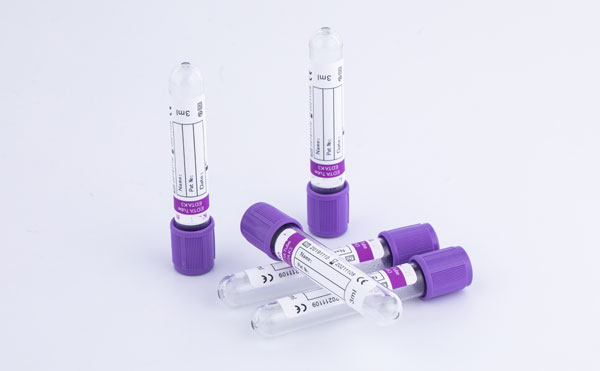What is routine blood test?
Routine blood test refers to the examination of blood conditions and diseases by observing changes in the number and morphology of blood cells. With the development of modernization and automation of tests, routine blood tests are now performed by machine testing. Routine blood tests include red blood cell count (RBC), hemoglobin (Hb), white blood cell (WBC), white blood cell differential count and platelet (PLT), etc., which can usually be divided into three major systems, namely red blood cell system, white blood cell system and platelet system.

Anticoagulation of blood draw tubes
The vacuum blood collection tube used for blood routine is the purple cap of the EDTA anticoagulation tube. The related blood routine tube has the anticoagulant effect. The vacuum blood collection tube is based on the basic principle of negative pressure. The blood tube is marked with a purple cap, and there is an anticoagulant inside, which can block the blood clotting mechanism. Ethylenediaminetetraacetic acid (EDTA, relative molecular mass 292) and its salt are a kind of methyl polycarboxylic acid, and 100ml of 2.7% EDTA-K2 solution is sprayed evenly on the inner wall of the vacuum solenoid valve, and air-dried at 45°C. Generally, about 1 meter of whole blood is collected, and it is reserved for about 6 times of disorderly mixing immediately after blood collection. The blood collection tube used in the hospital is an anticoagulation tube with a purple cap.
Many specific indicators in blood routine are some commonly used sensitive indicators, which are sensitive to many pathological changes in the body. Among them, white blood cell count, red blood cell count, hemoglobin and platelets have the most diagnostic reference value. Many patients have unknown etiology. You can do routine blood tests for auxiliary diagnosis. In addition, routine blood tests are also commonly used indicators for observing the effect of treatment,medication or discontinuation, continued treatment or discontinuation, and disease recurrence or recovery.
Post time: Oct-22-2021





